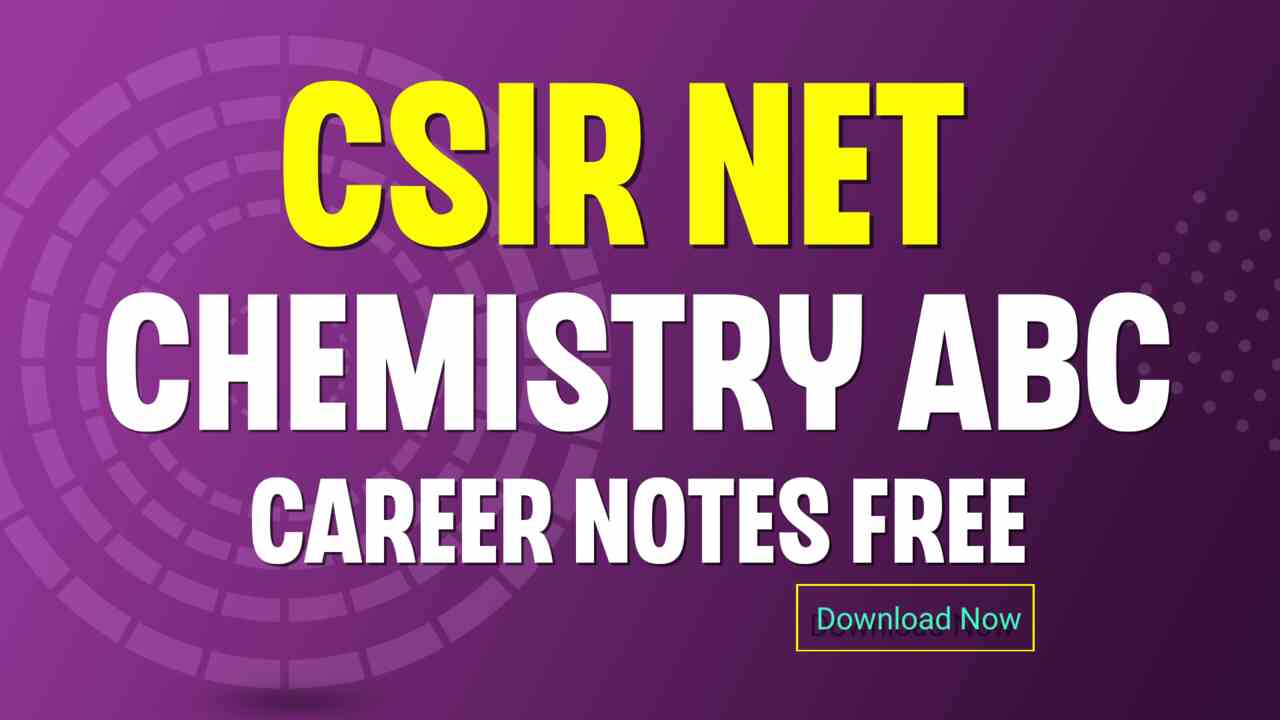CSIR UGC NET June 2020 Exam will be conducted by the National Testing Agency (NTA) on 21st June 2020 for determining the eligibility of Indian Nationals for the award of Junior Research Fellowships (JRF) and for determining eligibility for Lectureship (LS)/Assistant Professorship in certain subject areas falling under the faculty of Science & Technology like Chemical Sciences, Earth, Atmospheric, Ocean and Planetary Sciences, Life Sciences, Mathematical Sciences and Physical Sciences. The exam will be conducted in online mode at selected Examination Centers spread across the country.
Check CSIR UGC NET June 2020 Application Process
Below are some Important Dates for the CSIR UGC NET June 2020 Exam:
| CSIR UGC NET June 2020 Exam | Important Dates |
| Online Application and Registration Date | 16th March 2020 to 15th April 2020 |
| Last Date for Payment of Application Fee | 16 April 2020 (upto 11.50 pm) |
| Correction in Particulars of Application Form on website only | 18 April to 24 April 2020 |
| Downloading of Admit Cards | 15 May 2020 |
| CSIR UGC NET December 2019 Exam Dates | 21st June 2020 |
| Release of Score on NTA website | By 2nd Week of July 2020 |
Let’s look at the Exam Pattern and Syllabus of the CSIR UGC NET June 2020 Exam in detail:
CSIR UGC NET June 2020 Exam Pattern & Syllabus
CSIR UGC NET June 2020 Online Exam will consist of three parts. All the parts will consist of objective type, multiple-choice questions. There will be no break between papers. The subject-wise scheme of examination is as per details below:
| CSIR UGC NET June 2020 Exam Pattern | ||||
| CHEMICAL SCIENCES | PART A | PART B | PART C | TOTAL |
| Total questions | 20 | 40 | 60 | 120 |
| Max No of Questions to attempt | 15 | 35 | 25 | 75 |
| Marks for each correct answer | 2 | 2 | 4 | 200 |
| Marks for each incorrect answer (Negative marking) | 0.5 | 0.5 | 1 | – |
| The candidate is required to answer a maximum of 15, 35 and 25 questions from Part-A, Part-B and Part-C respectively. If more than required number of questions are answered, only first 15, 35 and 25 questions in Part A, Part B and Part C respectively will be taken up for evaluation. | ||||
| EARTH, ATMOSPHERIC, OCEAN AND PLANETARY SCIENCES | PART A | PART B | PART C | TOTAL |
| Total questions | 20 | 50 | 80 | 150 |
| Max No of Questions to attempt | 15 | 35 | 25 | 75 |
| Marks for each correct answer | 2 | 2 | 4 | 200 |
| Marks for each incorrect answer (Negative marking) | 0.5 | 0.5 | 1.32 | – |
| The candidate is required to answer a maximum of 15, 35 and 25 questions from Part-A, Part-B and Part-C respectively. If more than required number of questions are answered, only first 15, 35 and 25 questions in Part A, Part B and Part C respectively will be taken up for evaluation. | ||||
| LIFE SCIENCES | PART A | PART B | PART C | TOTAL |
| Total questions | 20 | 50 | 75 | 145 |
| Max No of Questions to attempt | 15 | 35 | 25 | 75 |
| Marks for each correct answer | 2 | 2 | 4 | 200 |
| Marks for each incorrect answer (Negative marking) | 0.5 | 0.5 | 1 | – |
| The candidate is required to answer a maximum of 15, 35 and 25 questions from Part-A, Part-B and Part-C respectively. If more than required number of questions are answered, only first 15, 35 and 25 questions in Part A, Part B and Part C respectively will be taken up for evaluation. | ||||
| MATHEMATICAL SCIENCES | PART A | PART B | PART C | TOTAL |
| Total questions | 20 | 40 | 60 | 120 |
| Max No of Questions to attempt | 15 | 25 | 20 | 60 |
| Marks for each correct answer | 2 | 3 | 4.75 | 200 |
| Marks for each incorrect answer (Negative marking in Part A & B; no negative marking in Part C) | 0.5 | 0.75 | 0 | – |
| The candidate is required to answer a maximum of 15, 25 and 20 questions from Part-A, Part-B and Part-C respectively. If more than required number of questions are answered, only first 15, 25 and 20 questions in Part A, Part B and Part C respectively will be taken up for evaluation. | ||||
| PHYSICAL SCIENCES | PART A | PART B | PART C | TOTAL |
| Total questions | 20 | 25 | 30 | 75 |
| Max No of Questions to attempt | 15 | 20 | 20 | 55 |
| Marks for each correct answer | 2 | 3.5 | 5 | 200 |
| Marks for each incorrect answer (Negative marking) | 0.5 | 0.875 | 1.25 | – |
| The candidate is required to answer a maximum of 15, 20 and 20 questions from Part-A, Part-B and Part-C respectively. If more than required number of questions are answered, only first 15, 20 and 20 questions in Part A, Part B and Part C respectively will be taken up for evaluation. |
Download CSIR UGC NET Previous Year Papers with Answer Keys
General Aptitude:
Part ‘A’ shall be common to all subjects. This part shall contain questions pertaining to General Aptitude with emphasis on logical reasoning, graphical analysis, analytical and numerical ability, quantitative comparison, series formation, puzzles etc.
Subject Related:
Part ‘B’ shall contain subject-related conventional Multiple Choice questions (MCQs), generally covering the topics given in the syllabus.
Scientific Concept & Knowledge:
Part ‘C’ shall contain higher order questions that may test the candidate’s knowledge of scientific concepts and/or application of the scientific concepts. The questions shall be of analytical nature where a candidate is expected to apply scientific knowledge to arrive at the solution to the given scientific problem.
Medium of Exam Language:
The test will be in Hindi and English version. In case of any ambiguity between Hindi and English version due to translation, English version would be treated as final.
If a candidate attempts more than the required no. of questions then only the First Set of required questions will be considered for scoring.
Check NTA UGC NET/ CSIR UGC-NET 2020 Exam Calendar
Candidates can view the detailed syllabus of their selected subject on the official website of CSIR UGC NET, i.e., www.csirhrdg.res.in. After going through the above mentioned detailed syllabus of CSIR UGC NET June 2020 Exam, the next step is to create a study plan and start working on it. For instance, start your practice by solving some previous year question papers and analyse your strong & weak points. Regular practice will help in achieving accuracy and high score in the exam.




